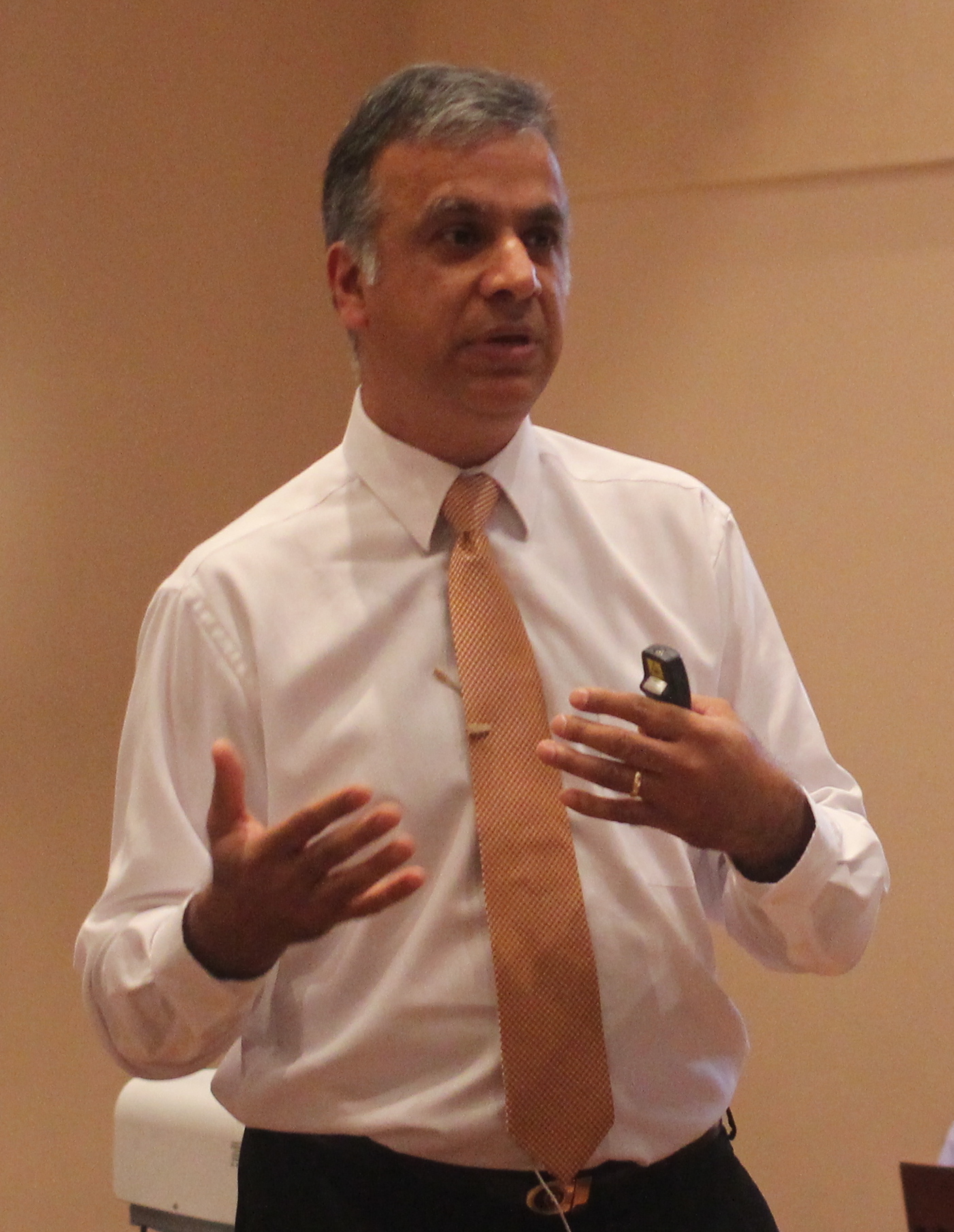.

Shiraz Hajiani, PhD
hajiani @ islamicate.net
Curriculum Vitae
I am scholar of religion and history and am an accomplished educator, researcher, mentor and communicator with over a decade of experience in teaching and advising undergraduates, graduates and continuing education students. I use multi-disciplinary approaches, including digital humanities methodologies, to study and teach religion and history. I specialise in Islamic history and thought, Shiʿism, Ismaili studies and with regional expertise in the study of the Middle East, North Africa, Central and South Asia
Masters Theses Advised as Preceptor for
Center for Middle Eastern Studies at the University of Chicago
Academic Year 2014-2015
• Mongol Political Theory of Rashid al-Din
• Patterns of Violence: Warfare and Raiding in Mid-Third Millennium Mesopotamia
• Criminalization of Déjeuneurs in Morocco
• Parallelism and Structure in the Song of Moses (Deut 32:1–43)
• Images of Women During the Islamic Revolution in Iran and Beyond
• Lords, Governors and Kings: Imperialism in Pre-Sargonic Mesopotamia
• Tracking the Trends of Brutality in the Islamic State
• An Assessment of School-to-Work Transitions and Barriers to Employment facing Young University-Educated Female Youth in the Greater Cairo Area
Academic Year 2013-2014
• Analyzing Non-State Actor Terrorist Groups in a Realist Power Framework: al-Qaeda as a Balancing Actor against the Threat of the United States
• Chen Cheng: A Ming Diplomat to the Timurids - a full Translation of his Xiyu Fanguo Zhi
• Towards an Alternative Secularization: Language and Modernity in Tunisia
• Religion and the Modern State: Mapping Trends in Non-Islamist Discourse in Twentieth-Century Egypt
• Anavatandaṣlar: Motherhood and Kemalist Modernity in Gürbüz Türk Çocuǧu 1926-1936
• Kerygmatic History, the Axial Age, and “The Historian as Theologian”: Marshall Hodgson’s Last Word
• In the Shadow of the Twelfth Imam: Contestation During the Lesser Occultation
• Following the Money: A Study of the United States Legal Framework of the Prohibition of Terrorism Financing through an Assessment of Hezbollah and the IRA
• Streets of Baghdad: The Wars between ʿAyyarun and the Government in Buyid and Seljuq Eras
• Uncovering the Umayyads: Comparing Representations of Abu Sufyan in the Works of al-Tabari, Ibn al-Athir and Ibn ʿAsakir
• The Curious Case of the Black Sheep: A Critical Assessment of the Study of Qara Quyūnlū Turkmen Tribe
• Between Modernization and Centralization: Disciplining the Arab Shiʿa in Basra and Baghdad during the Hamidian Period
• The Zionist Narrative and Jewish DP Immigration Desires After World War II
• Spectacle and Soundscape: Narrative, Authority, and Ethical Formations in the Arab Spring
• The Life and Times of the Dawla Madiniyya
• Imagining Palestine: The Press, Public Sphere and Nationalism in the Second Constitutional Period, 1908-1914
• Hebron, 1929, the Farhud, and Jewish Communities in the Twentieth Century Middle East
• Joining the Caravan of Martyrs: Arab Foreign Fighters in Afghanistan, 1980-1992
Academic Year 2012-2013
• The Role of Women in the Jordanian Islamic Finance Industry in the 21st Century
• The Status of Algerian Women During the War for Independence
• The New Great Game in Africa: Case Study on Chinese Economic Interests in Libya
• The Sources of Hezbollah Missile Policy
• Standing-in and Standing-out in Haydar Qolī’s Khamseh (BnF suppl. pers. 1029)
• Reforming Female Bodies through Ottoman Dress: Turquerie and the Women’s Rights in the late 18th and early 19th Centuries
• Al-Manar as a Manual for Instruction
• Hagiography in Dialogue with Polemics: Copto-Arabic Vitae in Mamluk Egypt
• Place-making and Ottoman-Inspired Visual Culture in Contemporary Istanbul
• Land, Ideology and Capital: A Recipe for War Between Israel and Lebanon in 1982
• National Saviors or Looming Threat: The Muslim Brotherhood in Jordan, 1989-2012
• Leveraging the Red Menace: Nasser, Egyptian Communists, and Costly Signals
• U.S. Embassy Cairo and The Development of 21st Century Public Diplomacy
• Dinshaway and the Formation of the Hero Martyr in Hafiz Ibrahim and Ahmad Shawqi
• From Safavids to Soviets: How the Writing of One Reveals the Other
• The Sign of the Hour: Hezbollah, Jesus, and the Apocalypse
• The Creative Transformation in India and China: Ashige, Zhang Shizhong, and the Varieties of Mystical Experience
• The Manases: An Armenian family in the service of the Ottoman state as court painters and diplomats
• Ijtihad and the Mujtahid in al-Ghazali’s al-Mustasfa
• Hashim b. Hakim’s Kool-Aid and the Khurasanian Affair: al-Muqanna’s Revolt, 775-780